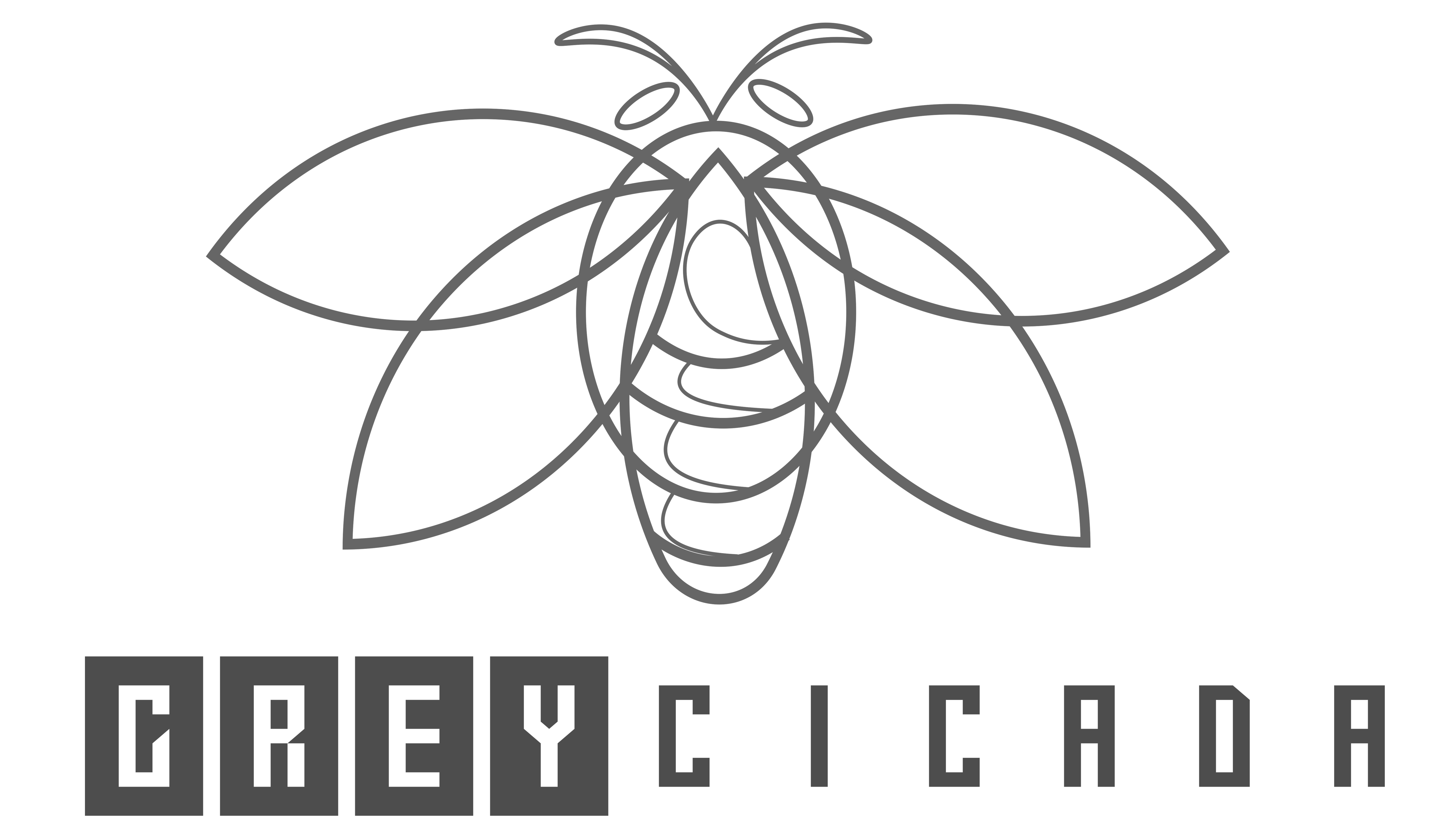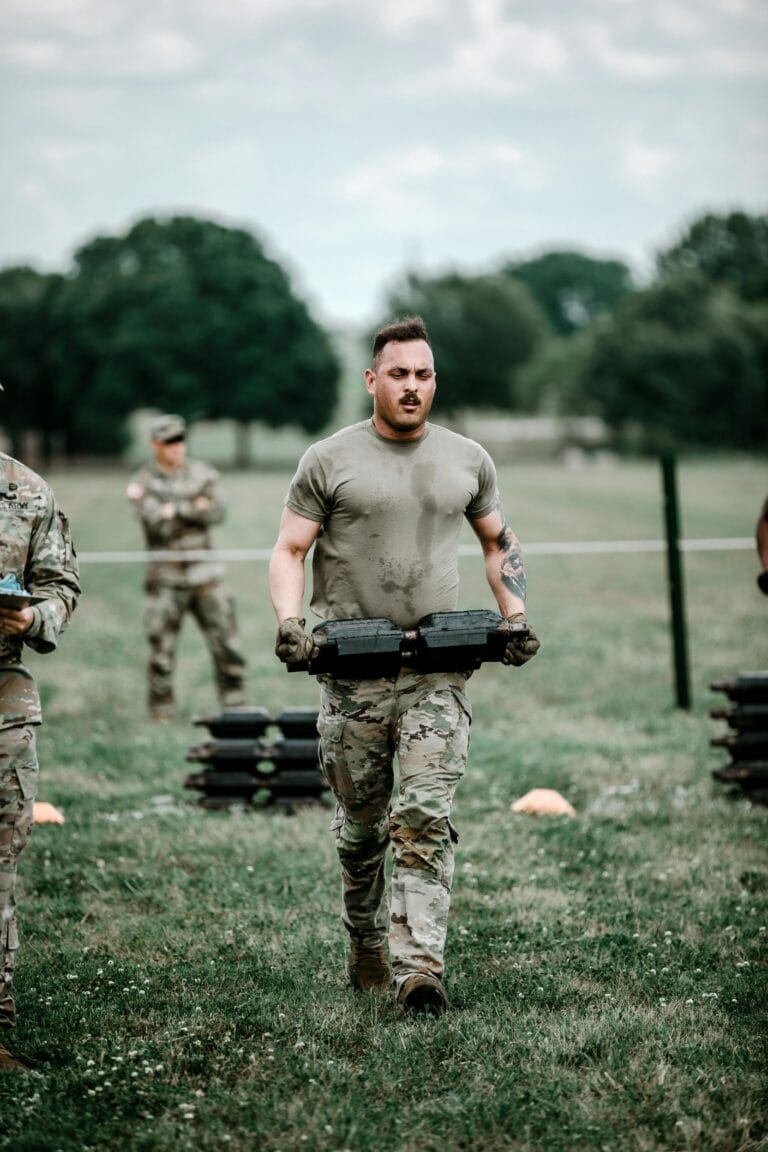FREE SHIPPING OVER $50
The Only 5 Exercises You Need, According to Top Trainers, for Peak Strength & Fitness

Are you tired of feeling overwhelmed by countless exercises, complicated routines, and conflicting advice at the gym? Do you dream of building serious strength and achieving peak fitness without spending endless hours doing dozens of different movements? What if we told you that, according to top trainers, you really only need to master five fundamental exercises to transform your body and unlock incredible strength?
It might sound too good to be true, especially in a fitness world obsessed with novelty and complexity. But the truth is, simplicity often holds the key to profound results. Top trainers and seasoned strength coaches swear by a minimalist, highly effective approach, focusing on a handful of powerhouse movements that deliver maximum bang for your buck. These are the foundational exercises that build muscle, burn fat, improve athleticism, and sculpt a truly powerful physique.
Top 5 Essential Strength Training Exercises
Here are the only 5 exercises you need to master, each a cornerstone of a well-rounded strength and fitness program, according to top trainers:
1. The Squat (Barbell Back Squat / Goblet Squat)
The squat is arguably the king of all exercises. It’s a fundamental human movement pattern, essential for everything from sitting down to jumping.
- Why It’s Essential: The squat is a full-body powerhouse that primarily targets your quads, glutes, and hamstrings, while also heavily engaging your core, lower back, and even your upper back for stability. It builds immense lower body strength, increases muscle mass, and significantly improves functional fitness. Master the squat, and you master movement.
- How to Perform It (Key Cues):
- Start with feet shoulder-width apart, toes slightly pointed out.
- Brace your core tightly (imagine someone’s about to punch you in the gut).
- Initiate the movement by pushing your hips back as if sitting in a chair, then bending your knees.
- Descend until your thighs are parallel to the floor (or deeper if mobility allows), keeping your chest up and back straight.
- Drive through your heels, squeezing your glutes, to return to the standing position.
- Trainer Tip: Focus on maintaining tension throughout the movement. Start with a Goblet Squat (holding a dumbbell at your chest) to perfect form before moving to a barbell.
- Variations/Progressions: Goblet Squat (beginner-friendly), Dumbbell Squat, Front Squat, Overhead Squat, increasing weight.
2. The Deadlift (Conventional / Romanian Deadlift)
The deadlift is the ultimate test of full-body strength and arguably the most powerful exercise for building a strong posterior chain.
- Why It’s Essential: This movement primarily works your glutes, hamstrings, and lower back, but also heavily engages your traps, lats, and grip strength. It’s unparalleled for building overall power, developing resilient core stability, and improving posture. It teaches you how to safely lift heavy objects from the ground.
- How to Perform It (Key Cues):
- Stand with your feet hip-width apart, shins close to the barbell (or dumbbells/kettlebells).
- Hinge at your hips, keeping your back flat and chest proud, to grasp the bar with an overhand or mixed grip, hands just outside your shins.
- Take a deep breath and brace your core.
- Drive through your heels, pulling the weight up by extending your hips and knees simultaneously. Keep the bar close to your body.
- Stand tall at the top, squeezing your glutes (do not hyperextend your back).
- Lower the weight with control by reversing the motion, hinging at the hips first.
- Trainer Tip: Start with Romanian Deadlifts or Kettlebell Deadlifts to master the hip hinge before attempting heavy conventional deadlifts. Form is paramount to avoid injury.
- Variations/Progressions: Romanian Deadlift (for hamstring focus), Sumo Deadlift, Kettlebell Deadlift, Hex Bar Deadlift, increasing weight.
3. The Overhead Press (Barbell / Dumbbell)
The overhead press is the cornerstone of upper body pushing strength, especially for your shoulders.
- Why It’s Essential: This exercise primarily builds strength in your shoulders (deltoids), triceps, and upper chest, while also demanding significant core stability to support the weight overhead. It’s crucial for any movement involving pushing objects above your head and contributes to a powerful, well-defined upper body.
- How to Perform It (Key Cues):
- Stand tall with your feet shoulder-width apart, core braced. Hold a barbell at your collarbones or dumbbells at shoulder height, palms facing forward.
- Press the weight straight overhead, extending your arms fully. Keep your head slightly back to allow the bar/dumbbells to clear, then push it through so your head is neutral again.
- Lower the weight with control back to the starting position.
- Trainer Tip: Avoid arching your lower back. Your core should be rock-solid throughout the movement. If you can’t maintain a neutral spine, the weight is too heavy.
- Variations/Progressions: Seated Overhead Press, Push Press (using leg drive), Single-Arm Dumbbell Press, increasing weight.
4. The Row (Barbell Row / Dumbbell Row / Pull-up / Cable Row)
For every pushing movement, there must be a pulling movement to create balance and promote good posture. The row is your go-to for a strong, resilient back.
- Why It’s Essential: Rowing exercises build immense strength in your entire back (lats, rhomboids, traps), as well as your biceps and forearms. This helps counteract the effects of too much sitting, improves posture, and is crucial for overall upper body strength and injury prevention.
- How to Perform It (Key Cues for Barbell Row):
- Stand with feet hip-width apart, hinging at your hips until your torso is almost parallel to the floor, maintaining a flat back.
- Grasp a barbell with an overhand grip, hands slightly wider than shoulder-width.
- Brace your core. Pull the bar towards your lower chest/upper abdomen, squeezing your shoulder blades together.
- Lower the bar with control, fully extending your arms.
- Trainer Tip: Avoid jerking the weight or rounding your back. The movement should come from your back muscles, not momentum. If a Barbell Row is too challenging, start with Dumbbell Rows or Cable Rows for controlled movement.
- Variations/Progressions: Single-Arm Dumbbell Row, Seated Cable Row, Inverted Row (bodyweight), Pull-ups (assisted if needed, then unassisted), increasing weight.
5. The Bench Press (Barbell / Dumbbell)
The bench press is the most iconic exercise for building chest strength and upper body pushing power.
- Why It’s Essential: This movement primarily targets your chest (pectorals), front deltoids, and triceps. It’s a fantastic exercise for building muscle mass and strength in the upper body, crucial for pushing movements in sports and daily life.
- How to Perform It (Key Cues):
- Lie on a flat bench with your eyes under the bar (for barbell) or holding dumbbells at your chest.
- Arch your lower back slightly, drive your feet into the floor, and pull your shoulder blades down and back, creating a stable base.
- Grasp the barbell with an overhand grip, slightly wider than shoulder-width, or hold dumbbells with palms facing each other (neutral grip) or forward.
- Lower the bar/dumbbells to your mid-chest with control, keeping your elbows tucked slightly (about 45 degrees from your body).
- Press the weight back up to the starting position, extending your arms fully but not locking out your elbows.
- Trainer Tip: Maintain tension throughout the movement. Focus on pushing up and slightly back towards your eye line.
- Variations/Progressions: Incline Bench Press, Dumbbell Bench Press (greater range of motion), Push-ups (bodyweight alternative), increasing weight.
Building Your Minimalist Workout Plan: How to Structure Your Training
Now that you know the only 5 exercises you need, how do you put them into a workout plan for peak strength & fitness? Top trainers often recommend a full-body approach, hitting each movement pattern multiple times per week.
Here’s a simple, effective structure:
- Frequency: Aim for 2-3 full-body workouts per week on non-consecutive days (e.g., Monday, Wednesday, Friday) to allow for muscle recovery.
- Workout Structure: In each session, pick 3-4 of the 5 exercises. You don’t necessarily have to do all 5 every single time, but ensure you hit all movement patterns across your week.
- Example A (Day 1): Squats, Bench Press, Rows
- Example B (Day 2): Deadlifts, Overhead Press, Squats (lighter)
- Example C (Day 3): Bench Press, Rows, Deadlifts (lighter or Romanian)
- Sets & Reps:
- For strength gains: 3-5 sets of 5-8 repetitions per exercise.
- For muscle growth (hypertrophy): 3-4 sets of 8-12 repetitions.
- Adjust weight so the last 1-2 reps are challenging but still allow for good form.
- Progressive Overload: This is the most critical principle for strength gains. Each week or every other week, try to either:
- Add a small amount of weight (e.g., 2.5-5 lbs).
- Perform one more repetition with the same weight.
- Perform one more set.
- Reduce your rest time between sets (if focusing on endurance).
- Warm-up: Always start with 5-10 minutes of light cardio (jogging, cycling) followed by dynamic stretches that mimic the movements you’ll perform (e.g., bodyweight squats, arm circles).
- Cool-down: Finish with 5-10 minutes of static stretching, holding each stretch for 20-30 seconds.
- Rest & Recovery: Give your body adequate rest between workouts. Aim for 7-9 hours of quality sleep each night, as this is when your muscles repair and grow.
Beyond the Lifts: Why Consistency Trumps Complexity
Mastering these 5 essential exercises is your direct path to peak strength & fitness. But remember, consistency is king. Sticking to these foundational movements, focusing on proper form, and consistently applying progressive overload will yield far better results than hopping between complex routines or doing endless isolation work.
Don’t forget the other pillars of fitness: quality nutrition (fueling your body for performance and recovery), adequate sleep, and mindful stress management. These factors work hand-in-hand with your training to optimize your results.
Related Articles
- Engineer Your Core: The Science-Backed Plan for Next-Level Ab Strength & Stability
- Torch Fat at Home: 6 Dumbbell Moves That SMASH Spin Class for Faster Results
- Live Longer, Ditch the Treadmill? Science Reveals the True Longevity Exercise (It’s Not Cardio!)
- Researchers Uncover the #1 Strength Training Method for Older Adults to Build Muscle & Boost Energy!
- Knee Pain? NOT Anymore! 15 Gentle Workouts That Torch Calories & Protect Your Joints



